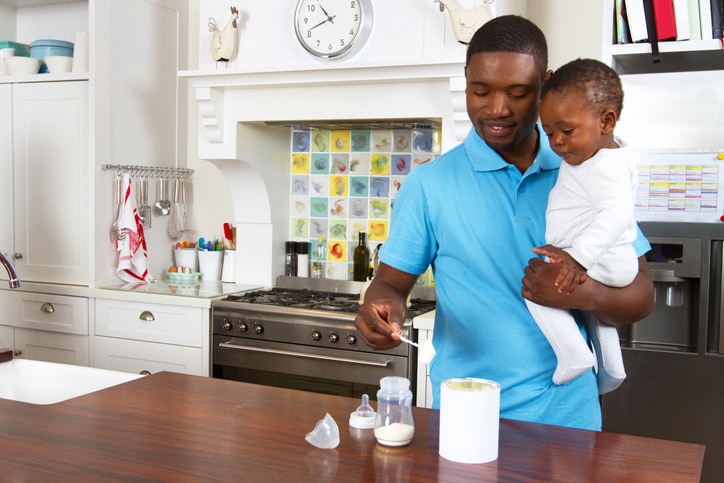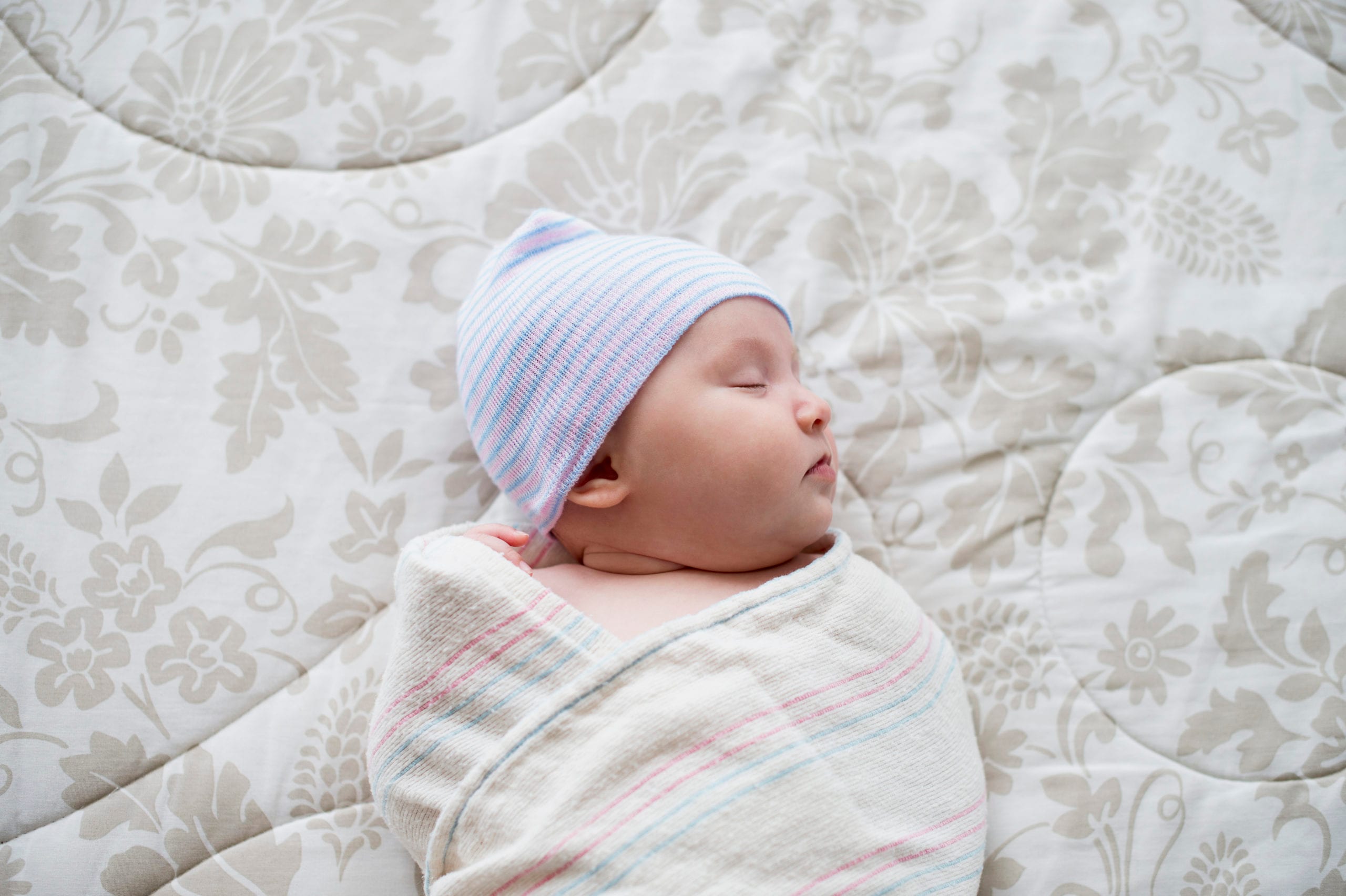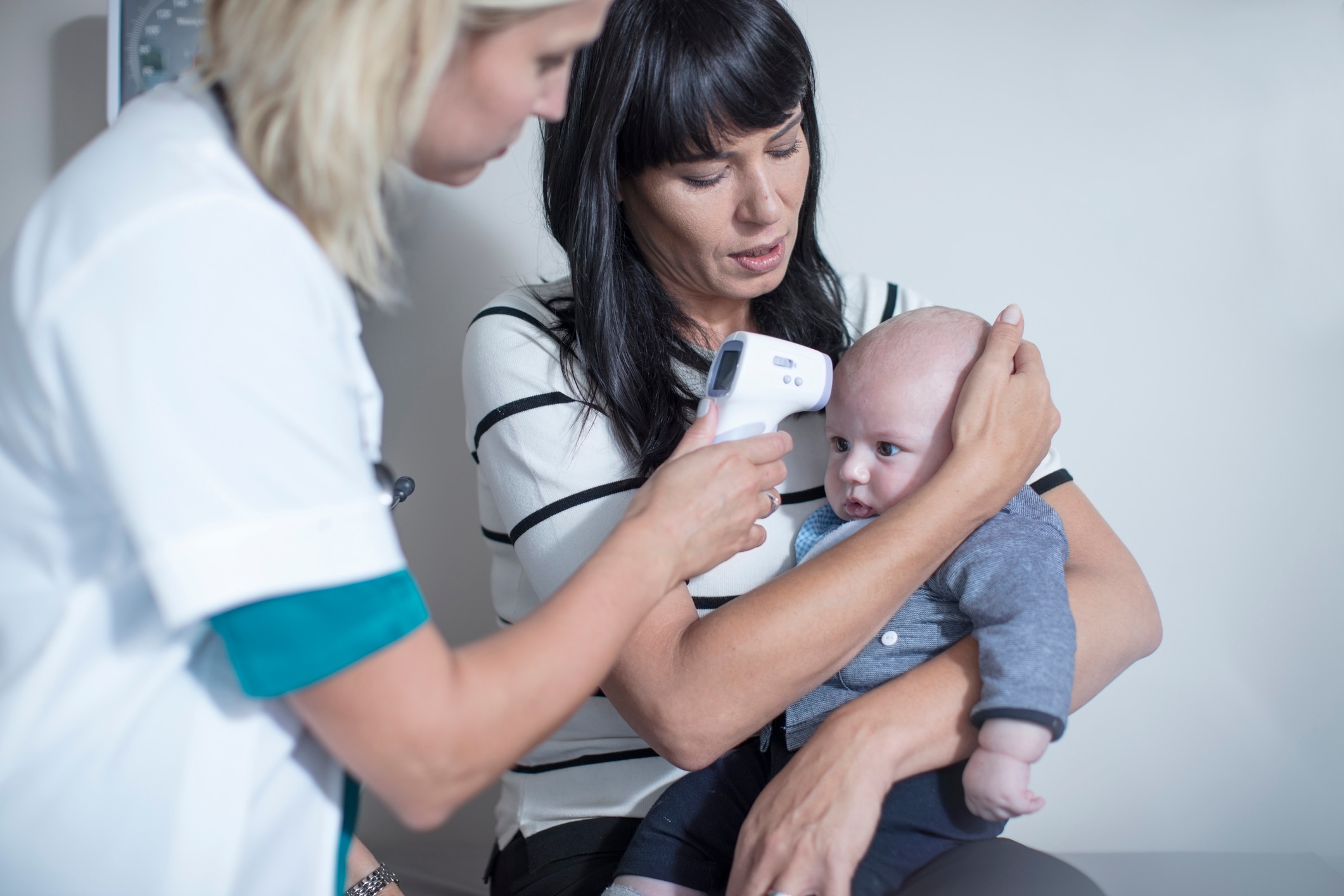Whether you’re a parent ready to shift from breast to bottle or a caregiver new to infant feeding, it’s normal to have questions about how to prepare formula. Which goes first: the water or the formula? Does the bottle need to be warmed? And what do you do if there’s formula left over?
“Providing an infant with the proper nutrition is critical to their development and growing along a healthy curve,” says Emily Silver, a Charlestown, Massachusetts, family nurse practitioner, lactation consultant and co-founder of parent support platform NAPS. “In general, it’s good practice to get familiar with your own formula and carefully read its guidelines for preparation and safe storage, as different brands can vary.”
But even after going through the instructions, you still might have questions, so we asked medical and infant feeding and nutrition experts to weigh in. Here, they share safety tips and respond to some of the most common questions and misconceptions about how to use and prepare formula.
What is the correct way to prepare formula?
Preparing infant formula might seem easy, but it’s important to take care to avoid contamination and get the ratio of formula to water just right. Here’s how to prepare a formula bottle the right way, according to experts:
- Wash your hands.
- Use a clean bottle. Brand new bottles should be sanitized by hand or in the dishwasher, and all bottle parts should be cleaned after each use.
- Measure water according to the instructions on the formula package, and add it to the bottle first.
- Measure the correct amount of formula — if a scoop is provided, always use it — and add it to the bottle.
- Screw the bottle cap on and shake well.
Prior to preparing the formula, make sure the container is properly sealed and free of rust or dents. Additionally, always read the label to make sure the formula is the right kind for the infant’s age and nutritional needs.
Dr. Jenelle Ferry, a board-certified neonatologist and director of feeding, nutrition and infant development at Pediatrix Medical Group in Tampa, Florida, recommends wiping down the outside of the formula container before each use, as well as the surface where you’ll be preparing the formula. “Make sure to clean the formula scoop afterward,” she adds.
What about making formula bottles in advance?
Silver says you can mix most formulas in advance if you refrigerate and use them within 24 hours. “If parents are using a lot of formula, they can make a batch, similar to a pitcher of lemonade, and keep it prepared in the fridge for easy access,” she says. Formula should never be frozen, as it can separate and lose nutritional value.
When making formula in advance, be sure to label bottles with the date and time the formula was prepared. Whether you’ve made enough for a single-use bottle or a gallon jug, all prepared formula must be discarded after 24 hours.
Join Care for free
Should you use distilled water to make formula?
“You likely don’t need to buy or use special water to prepare infant formula,” Ferry says. One exception to this may be if your home’s water source doesn’t contain fluoride.
“Most city water sources are treated with fluoride, which is important for developing teeth,” Ferry explains. “If your home’s water does not have fluoride, talk with your doctor about options for providing it. Nursery waters that can be purchased over-the-counter are usually supplemented with fluoride.”
Additionally, Ferry says special considerations need to be made for high-risk infants, which includes:
- Infants born prematurely before 37 weeks’ gestation.
- Infants who have an immune deficiency.
For high-risk infants who are under 2 months old, the Centers for Disease Control and Prevention (CDC) recommends boiling tap water for five minutes to reduce the potential for contamination when using powdered formulas. After boiling, mix the formula and then let it cool until it reaches a safe temperature for feeding.
What happens if you use too much water in formula?
If you prepare formula using too much water, the consequences for an infant can be serious. “Too much free water can lead to low sodium levels in the baby,” Ferry says. “This can be very dangerous and lead to brain swelling, seizures and even death.”
Using too little water is also a problem, as it may cause gassiness or constipation. “Take care to follow the mixing instructions for the correct ratio of powdered formula to water,” Ferry stresses. “This is always printed on the formula container.”
In rare circumstances it might be necessary to change the standard formula recipe to meet an infant’s nutritional needs. “You may get a specialized recipe from your physician if higher calories are needed for the baby, which will have more powder per volume of water,” Ferry says. You should never change the ratio of formula to water without consulting a pediatrician first.
What’s the safest way to warm up a formula bottle?
There are a few different ways to warm bottles, but experts say bottles should never, ever be heated in a microwave. “Microwaving a bottle… will result in hot spots and can lead to scalding milk or burning baby’s mouth,” Ferry cautions.
Instead, opt for slow, gentle heating. “Bottle warming devices are convenient, but this can also be done safely without buying another appliance,” Ferry adds. Here are her instructions for warming a bottle safely:
- Heat some water, either on a stovetop or in a microwave-safe container.
- Once water is almost boiling, remove from heat.
- Submerge the bottle, and let it sit in the water for several minutes.
- Test different lengths of time to determine the temperature preferred by the baby.
Prior to feeding the baby, test the warmth of milk by placing a small drop on your wrist, Ferry says. Aim for room temperature or lukewarm, never hot.
“Providing an infant with the proper nutrition is critical to their development and growing along a healthy curve.”
— Emily Silver, a Charlestown, Massachusetts, family nurse practitioner, lactation consultant and co-founder of parent support platform NAPS
Can babies drink cold formula?
Yes, it is safe to feed babies cold formula, Ferry says, though that might not be the best option for every baby. “Some babies have a preference, and others don’t,” she explains. “Some caregivers also find that colder milk or formula can lead to more gassiness.”
How long can formula sit out at room temperature?
Prepared infant formula can spoil if left at room temperature. Once it’s prepared, it should be fed to the baby immediately or placed in the refrigerator.
Of course, accidents happen, and you might accidentally leave a bottle sitting on the counter or in the diaper bag. As long as the baby hasn’t fed from the bottle, the CDC says the prepared formula is safe to use if it’s been less than two hours. You can still pop it in the fridge or use it to feed the baby inside of that time window. Past the two-hour mark, it should be discarded.
Once the baby has started drinking from the bottle, though, a different countdown timer starts due to infection concerns. “Mouths have bacteria, and milk or formula can serve as an excellent media for these bacteria to multiply with the potential for harmful bacteria reaching a level that can cause illness,” Ferry says.
The CDC advises that prepared formula should be used within one hour of starting a feeding, and any formula remaining in the bottle after that should be tossed out.
Is it ever safe to use expired formula?
No, it’s not safe to feed babies using expired formula. Expired formula not only carries an increased risk of foodborne illnesses, but the nutrients in formula degrade over time. “Critical ingredients may be past their prime, leaving the baby at risk of a nutritional deficiency,” says Dr. Natasha Burgert, a Kansas-based pediatrician, and spokesperson for Philips Avent and the American Academy of Pediatrics (AAP).
The bottom line on how to prepare formula
It’s common to have questions about formula preparation. After all, infant nutrition is so important, and parents and caregivers just want to make sure they get it right. Luckily, using formula is easier than it seems if you make use of these helpful tips and safety practices.
Always work with clean bottles and on clean surfaces, double check formula-to-water ratios and ask a doctor whenever you need more advice. Most importantly, know that your attention to detail and commitment to learning the right way to make formula makes a big difference. As Ferry concludes, “Most cases of formula contamination occur with storage or preparation, so taking these steps can help your baby remain healthy.”





